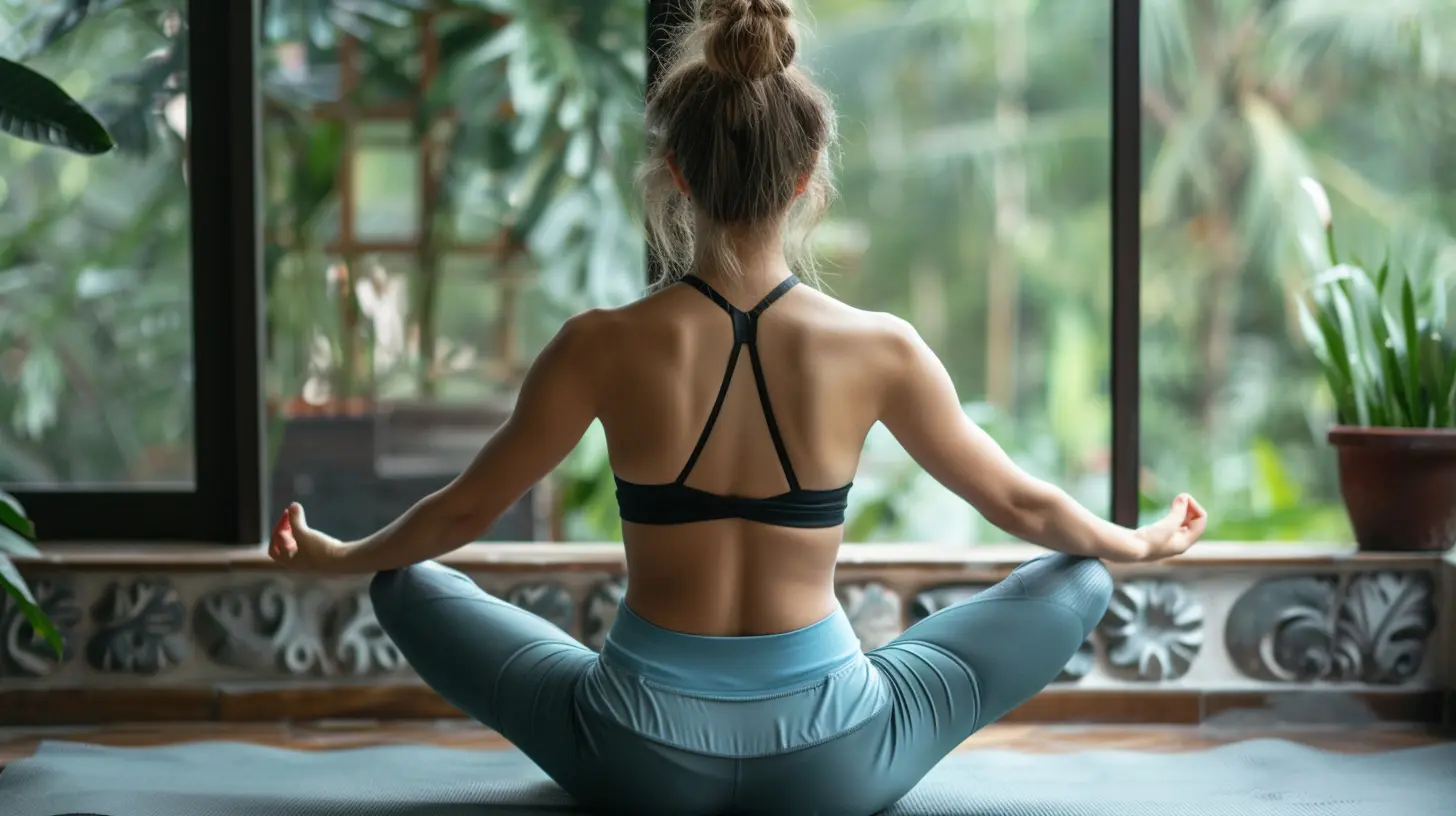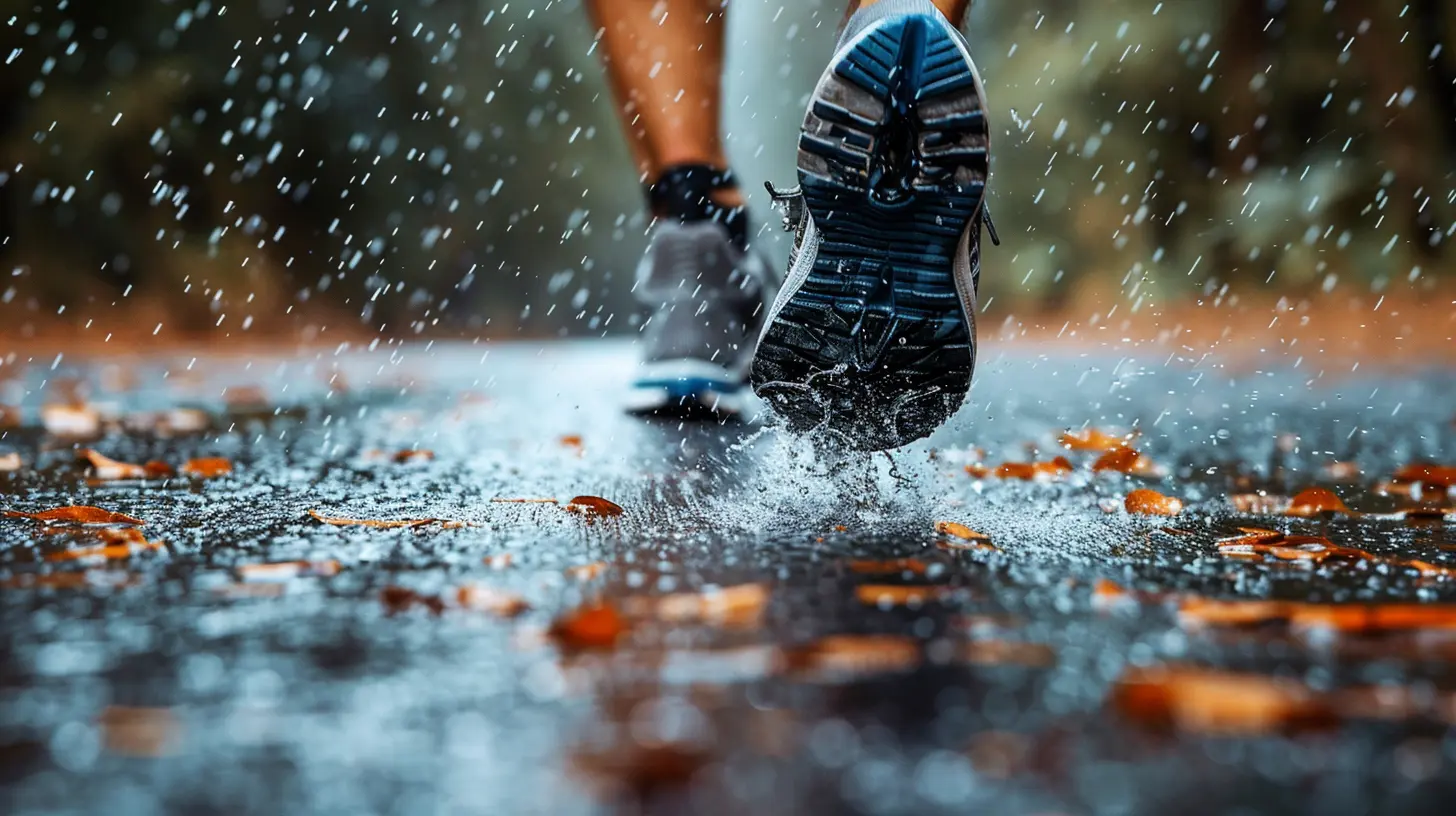The Role of Yoga in Endurance Sports Recovery
5 October 2025
Endurance sports like running, cycling, triathlon, and swimming push your body to its limits. They demand not just physical energy, but mental stamina too. While many athletes focus heavily on training volume, speed work, and nutritional plans, there's one game-changer often sitting quietly on the sidelines — yoga.
Now before you think, "Isn't yoga just for flexibility?" — stick with me. Yoga is much more than some stretching on a mat. When it comes to recovery, it can be your secret superpower. Athletes across the globe are weaving yoga into their routines and reaping some serious benefits — less soreness, quicker recovery times, sharper mental focus, and even fewer injuries.
Let's dive deep into how yoga plays a pivotal role in helping endurance athletes recover faster, feel better, and perform stronger.
Why Recovery is Crucial for Endurance Athletes
Before we chat about yoga, let's talk about recovery. Think of your body like a high-performance engine. If you keep revving it without giving it time to cool down, what happens? It overheats. Maybe even breaks down. Same with your body.Endurance sports create wear and tear. Muscles tear on a micro-level, lactic acid builds up, your joints take a pounding, and your nervous system can get fried from the constant go-go-go. Recovery isn't just about chilling — it's when your body rebuilds, adapts, and gets stronger.
Mess with recovery, and you're inviting overtraining, burnout, and even injury. That’s where yoga steps in — not as an afterthought, but an intentional recovery tool.
What Makes Yoga Ideal for Endurance Recovery?
1. It Enhances Flexibility and Mobility
Alright, let's start with the obvious — yoga improves your flexibility. But it's not just about touching your toes. It's about improving the range of motion in a way that supports your sport.Tight hamstrings from long runs? Yoga gently stretches them out. Stiff hips from that last century ride? Poses like pigeon or lizard can help open them up. By increasing flexibility, you allow muscles to move more freely and reduce the risk of pulling or straining them.
2. It Improves Circulation
Better blood flow = faster recovery. Simple, right?Yoga postures, especially those that emphasize deep breathing and full-body stretching, help stimulate circulation. This means oxygen and nutrients get delivered more efficiently to tired muscles. Plus, toxins and waste products get flushed out faster.
That soreness you feel after a tough race? Yoga can help ease it up big time by getting the blood pumping and the healing process rolling.
3. Reduces Muscle Soreness and Inflammation
Post-race DOMS (Delayed Onset Muscle Soreness) is no joke. Yoga gently stretches and contracts the muscles, which helps reduce the intensity of soreness over the following days.Also, certain yoga practices switch on your parasympathetic nervous system — the “rest and digest” state. When your body is in this relaxed mode, inflammation decreases, and deep healing begins. Think of it as turning off the stress switch and hitting the healing button.
4. It Calms the Nervous System
Endurance racing isn't just physically intense — it stresses the nervous system too. Overtraining can throw your whole system out of whack.Yoga helps regulate your nervous system through breathwork (pranayama) and mindful movement. Yin or restorative yoga, especially, slows everything down. It grounds you, lowers your heart rate, and helps recalibrate your body after the chaos of competition or high-intensity training.
5. Boosts Mental Recovery and Focus
Ever hit mile 20 and started questioning all your life choices? Yeah, endurance sports are as much mental as they are physical.Here's where yoga shines like a medal. It teaches mindfulness, body awareness, and breath control. These are not just tools for recovery — they’re performance enhancers.
By integrating mental clarity with physical recovery, yoga helps you return to training not just with less pain, but with more purpose.
Best Types of Yoga for Endurance Recovery
Let’s get real: not all yoga is created equal, especially when you’re trying to recover. Power yoga or fast-paced vinyasa might not be the best fit right after a marathon.Here are the types that really support recovery:
🌙 Restorative Yoga
This style is all about deep rest. Poses are held for longer periods with the help of props like blankets and bolsters. It’s gentle and soothing and taps into your body’s rest and repair mode.Perfect for: post-race day, rest days, or whenever you're feeling run down.
🧘 Yin Yoga
Yin targets the deep connective tissues — think ligaments, joints, and fascia. Poses are passive and held for 3–5 minutes, allowing a slow and deep release.Perfect for: improving joint mobility, releasing tight hips, hamstrings, and lower back muscles.
💨 Hatha Yoga
Slower-paced and focused on posture and breath, Hatha yoga is a great middle ground — not too intense, but still energizing.Perfect for: active recovery days or when you need a gentle stretch that doesn’t feel like work.
10 Yoga Poses Every Endurance Athlete Should Know
Let’s break out the yoga mat and go through some MVP poses for recovery:1. Downward Dog – Stretches calves, hamstrings, and shoulders.
2. Pigeon Pose – Opens the hips and glutes.
3. Child’s Pose – Eases lower back tension and calms the mind.
4. Legs-Up-the-Wall (Viparita Karani) – Reverses blood flow, reduces swelling in the legs.
5. Reclining Twist – Relieves spinal tension and supports digestion.
6. Cat-Cow Stretch – Gently mobilizes the spine and improves circulation.
7. Low Lunge (Anjaneyasana) – Stretches hip flexors and quads.
8. Seated Forward Fold – Targets the hamstrings and spine.
9. Bridge Pose – Engages the glutes and opens the chest.
10. Savasana (Corpse Pose) – The ultimate rest pose for muscle and mental recovery.
Try holding each pose for 1–2 minutes (except savasana — stay there as long as you like). Focus on steady, deep breathing. Let go.
How Often Should You Practice Yoga for Recovery?
You don't need to become a full-time yogi. A regular, consistent practice is way more effective than once-in-a-blue-moon stretching.Here’s a general guideline:
- Hard training weeks: 3–4 sessions of 20–30 minutes.
- Race week or post-race: 4–5 gentle sessions focusing on restorative styles.
- Offseason: This is a killer time to go deeper — combine recovery yoga with strength-building flows to correct imbalances.
Even just 10–15 minutes at the end of your run or ride can work wonders over time.
Real Talk: What Endurance Athletes Say About Yoga
Still on the fence?Listen to the pros. Many elite runners, cyclists, and triathletes swear by yoga. It helps them recover smarter, stay injury-free, and maintain laser-like focus on their goals.
Training isn’t just about going hard — it’s about going consistently. Yoga helps make that possible.
And beyond the physical? It becomes your mental reboot. A moment of pause in a go-go world. That clarity and calmness carry over to your next race, your next big push, your next new PR.
Final Thoughts: Make Yoga Your Recovery Wingman
So, when those miles pile up and your legs feel like lead, don’t just crash on the couch. Roll out your mat. Let yoga become your best-kept secret.Recovery isn’t optional — it’s essential. And yoga? It’s one of the most powerful tools you can use to bounce back faster, stronger, and more in tune with your body.
Whether you're a weekend warrior, a seasoned ultra-runner, or just getting your feet wet in endurance sports — yoga meets you where you are. All you gotta do is show up.
Namaste and happy recovering.
all images in this post were generated using AI tools
Category:
Endurance SportsAuthor:

Uziel Franco
Discussion
rate this article
1 comments
Roman Roberson
Incorporating yoga into endurance training can significantly enhance recovery by improving flexibility, reducing muscle tension, and promoting relaxation, ultimately leading to better performance and reduced injury risk.
October 12, 2025 at 3:35 AM

Uziel Franco
Thank you for highlighting the benefits of yoga in endurance training! Its ability to enhance recovery and reduce injury risk is indeed essential for optimal performance.


